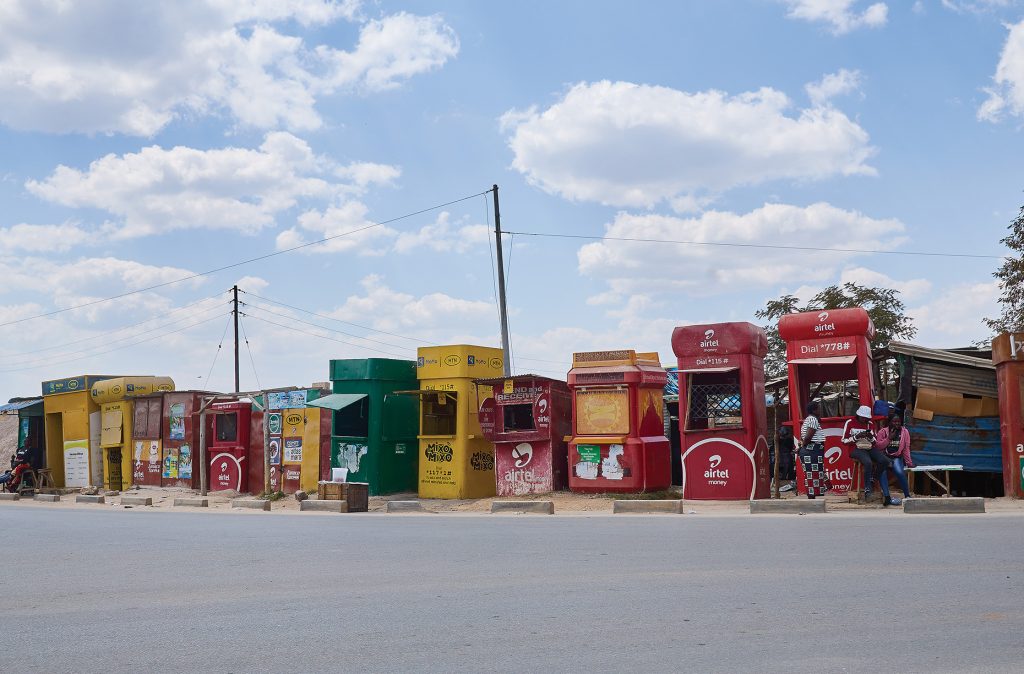The Currency of Progress:
How Mobile Money Culture is Changing Zambia
Imagine a world where your wallet is your phone, and your loud uncle, who still doesn’t trust online banking, sends you money with the same ease he forwards conspiracy videos on WhatsApp. That world isn’t some faraway dreamland anymore; that world is right here in Zambia. And mobile money is the reason.
Across the globe, societies are discarding their reliance on paper currency, much like they shed their jerseys in summer. Sweden has made headlines for using physical cash in fewer than 10% of all transactions. Kenya turned mobile money into a national infrastructure with M-Pesa, which isn’t just a convenience but a lifeline. And here at home, Zambia is quickly following suit, not with flashy apps or fintech startups, but with solid, everyday adoption of mobile money platforms that are now embedded in our everyday life.
Let’s not skip the numbers. They tell a powerful story. According to news reports, in 2023 alone, the value of mobile money transactions in Zambia rose by 50%, from K295.8 billion in 2022 to a staggering K452 billion. Yes, billion with a “B.” To put it into perspective, that’s more money than the entire 2024 national budget allocated for education, health, and defence combined, food for thought. It wasn’t just the value that rose; volume jumped too. Zambians made more than 2.24 billion mobile money transactions in 2023, compared to 1.58 billion the year before. That’s a 42% increase in volume. Because we’ve stopped asking “Do you have Airtel?” and started saying “Tumani che, boss” (just send it, boss).
And it’s not urban elites driving this trend. With 12.6 million active mobile wallets recorded by the end of 2023 and over 340,000 mobile money agents across the country, the infrastructure is reaching deep into rural Zambia. In villages where banks are a distant rumour and ATMs are rarer than rain in September, the nearest mobile money booth is often just a few houses down.
It makes sense when you think about it. Mobile money is safer, more convenient, and frankly, less intimidating than walking into a bank branch. It operates outside of the traditional 8 to 5, you don’t need to wear shoes or bring a payslip. All you need is a phone signal, and boom, you’re financially active. A 2022 VoxDev study found that in rural Zambia, 56.8% of users sent money via mobile platforms, and a whopping 88.4% received it, usually from family members in urban areas.
Yet, for all this growth, sceptics believe mobile money is part of a drive to create an entirely cashless economy, but here’s the twist: mobile money isn’t killing cash. In fact, cash is doing just fine. Currency in circulation actually increased alongside the rise in digital payments. According to Bank of Zambia data, the total cash in circulation rose from K13.5 billion in 2021 to K14.6 billion in 2022, an 8.9% uptick. By 2023, it was estimated to rise even higher. The logic-defying takeaway? Even in a booming digital economy, Zambians are still holding on to their kwacha notes as a safety net.
It’s what economists refer to as the “paradox of banknotes.” Even as people swipe, tap, and send digitally, they still hoard physical cash. Why? Because cash is tangible. It doesn’t need a charger, the network doesn’t drop because of a thunderstorm, and it works even when ZESCO doesn’t. So, instead of thinking about mobile money replacing cash, it’s more accurate to see them as partners, two systems working together in a hybrid economy that still respects the feel of a 50 kwacha note.
Some observers argue that financial institutions are deliberately reducing cash availability to push digital payments. There are even rumours of cash shortages being orchestrated to accelerate the shift. But actual data doesn’t support this theory. The Bank of Zambia has continued issuing new notes—nearly K3.9 billion worth in 2022 alone. If you’ve had trouble finding change for a K500, blame the shop owner, not monetary policy.

So if it’s not policy forcing our hand, what is? The answer lies in preference and practicality. People are choosing mobile money because it’s faster, safer, and fits into modern lifestyles. You can pay for your ZESCO tokens at midnight. You can send money to your cousin in Solwezi while stuck in Lusaka traffic. Try doing that with cash.
Of course, the system isn’t perfect. Mobile money comes with its own growing pains. While the transaction fees are small, they eventually add up, especially if you are making multiple payments a day. And let’s not forget about digital literacy for users who may already have difficulty navigating new technologies in the first place. Non-intuitive user interfaces and infrastructure gaps can also cause headaches, particularly when agents run out of float or there’s a network failure mid-transfer. And let’s not forget the scammers who’ve moved from stealing bank PINs to phishing mobile wallet codes.
Regulation is also a work in progress. The Bank of Zambia regulates mobile money alongside the Zambia Information and Communications Technology Authority (ZICTA). In 2024, they introduced a small transaction levy, which sparked public debates about whether mobile money transactions should be taxed. So far, this levy hasn’t discouraged usage, but it’s clear that the regulatory landscape has its eye on this infrastructure.
However, despite these challenges, the benefits outweigh the negatives. Financial inclusion in Zambia rose from about 59% in 2015 to nearly 69% by the end of 2023. That means millions more Zambians have access to formal financial services, even if they’ve never stepped into a bank. Mobile money isn’t just about convenience, it’s about empowerment. It allows people to save, to invest, to plan. During the COVID-19 pandemic, when physical interactions were discouraged, mobile money kept commerce going. It’s not an exaggeration to say it kept parts of the economy alive.
Where does all this leave us? Not quite in a cashless utopia, but certainly on a path toward a less-cash, more-digital economy. Mobile money is becoming the norm, not the novelty. But to complete the journey, we’ll need investment in digital infrastructure, better literacy programmes, consumer protection regulations, and innovative taxation policies that don’t stifle innovation.
So is mobile money part of a larger conspiracy? No. We’re not ditching cash entirely, not yet. But Zambia is walking, wallet in one hand and phone in the other, toward a future where your bank is wherever you are, and your money moves at the speed of your fingers.





